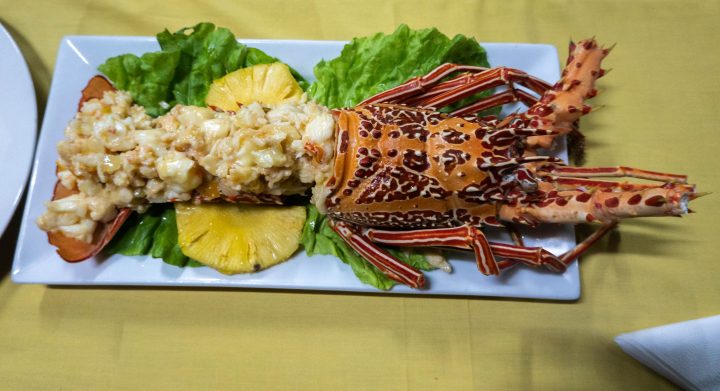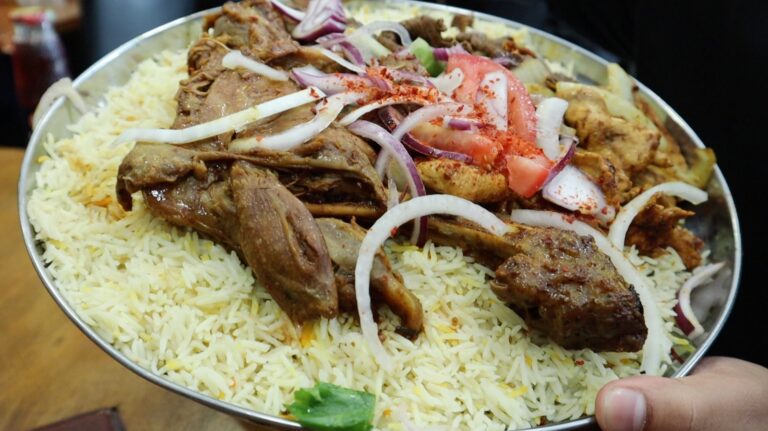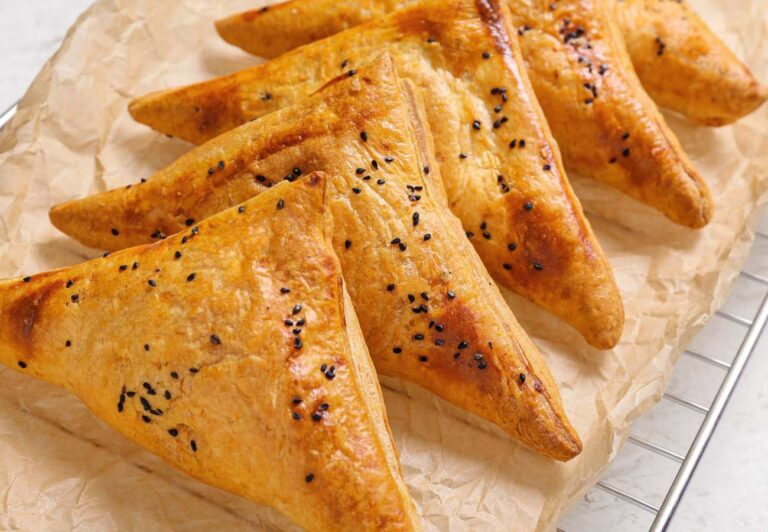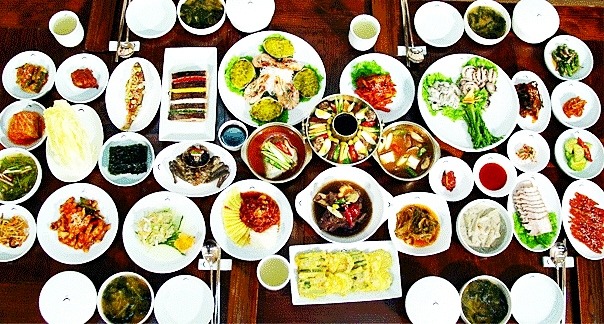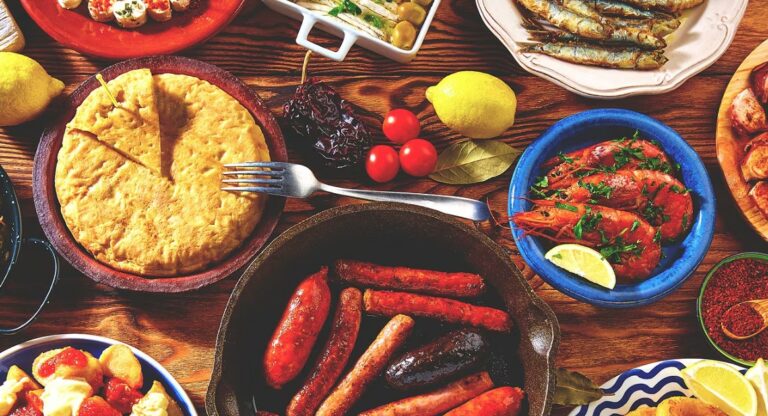Introduction: Breakfast in Solomon Islands
Breakfast in the Solomon Islands is an important meal and is usually taken seriously. It is a meal that sets the tone for the rest of the day. Breakfast is mostly composed of fresh local produce, tropical fruits, and fish. The breakfast options vary depending on the region, but there are staple foods that are common throughout the country.
Staple Foods for Breakfast in Solomon Islands
The most common and loved breakfast option in the Solomon Islands is taro. Taro is a root vegetable that is boiled and mashed to make a starchy pudding-like dish, known as “poi.” “Poi” is served with either coconut cream or sugar. Another popular staple food is cassava, which is boiled or roasted and served with coconut cream or fried fish. Rice is also a common breakfast food in the Solomon Islands, and it is usually served with fried eggs, sausages, or vegetables.
Fish and Seafood in Solomon Islands Breakfast
Fish and seafood are a staple in the Solomon Islands diet, and they are frequently consumed during breakfast. Bonito and tuna are popular fish served for breakfast, either grilled or fried. Coconut milk is added to fish dishes to give them a creamy texture and flavor. Other seafood options for breakfast include lobster, crab, and shrimp, which are usually boiled or grilled and served with rice or cassava.
Vegetarian Options for Breakfast in Solomon Islands
Vegetarians can find a wide range of breakfast options in the Solomon Islands. Fresh fruits such as papaya, pineapple, and mango are abundant and usually served with yogurt. Vegetables such as sweet potatoes, pumpkin, and spinach are also popular and can be served with boiled eggs or breadfruit. Additionally, there are vegetarian versions of poi, cassava, and rice dishes that can be served with coconut cream or vegetable gravy.
Regional Variations in Solomon Islands Breakfast
The breakfast menu in the Solomon Islands varies depending on the region. In the Western Province, for example, coconut crabs are a popular breakfast option. In the Malaita Province, sago palm is a staple food, and it is usually served with fish or coconut cream. In the Guadalcanal Province, breakfast options include taro, cassava, and fish, but with a twist. These foods are cooked in a traditional earth oven, known as “umu,” which gives them a distinct flavor.
Final Thoughts: Breakfast Culture in Solomon Islands
The breakfast culture in the Solomon Islands reflects the country’s rich cultural diversity and natural resources. The food is fresh, nutritious, and flavorful. The use of coconut milk and cream is a common ingredient in many dishes, and it gives them a unique taste. Breakfast in the Solomon Islands is not just a meal; it is a symbol of hospitality and friendship. If you ever visit the Solomon Islands, be sure to try the local breakfast options and experience the country’s rich culinary tradition.

